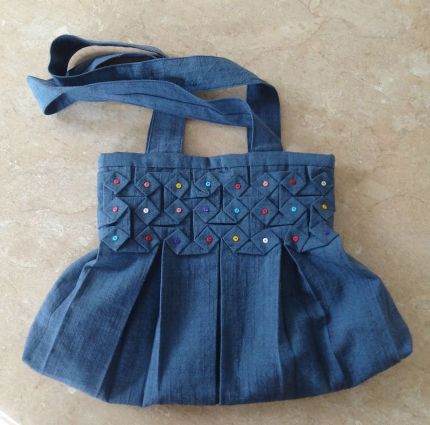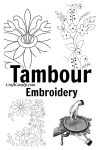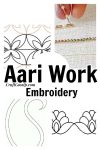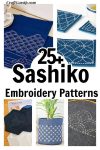This beautiful technique is new to me: Japanese smocking. Carolyn of caro-rose-creations lets us peek at a bag she made at a local workshop. Awesome. You can see more at Carolyn’s blog post. And if you are familiar with Japanese smocking, I’d love for you to post links in the comments.
So why is Japanese smocking different than American or English smocking? What types of smocking are there?
traditional English smocking, where the fabric is marked with dots before gathering it into pleats using the dots as guides. The pleats are then held in place by embroidering on top before removing the gathering threads.
North American smocking, in which the stitch pattern (not always in rows) is employed to manipulate the cloth as it is pushed up rather than gathering.
Radial smocking, which involves drawing up a piece of cloth shaped like a ring doughnut.
North American smocking, in which the stitch pattern is employed to manipulate the cloth as it is pushed up rather than gathering.
Smocking in Italy. This differs in that the stitches link the dots rather than making a tiny thread at each dot (or grid junction) (like running stitch).
Smocking has been used since the Middle Ages to lend flexibility to clothes prior to the invention of elastic. It was used to gather fabric in areas such as cuffs, collars, necklines, and bodices. These can be adorned with beads placed between the pleats or detailed stitching.
Smocking was called after the smock, which is a form of work garment.
Smocking has changed over time and in different countries, but it is still a rare art form. The depth of defects and the beauty of the finished drapes have a deep expression that is unique to hand smocking since it is hand sewn.
A sewing machine that sews machine smockings is available in addition to manual smocking.






This looks a lot like diamond smocking. I found a blogger that has some directions.
http://www.liaspace.com/2009/12/diamond-smock-tutorial.html
I really like diamond smocking technique and also want to learn it.